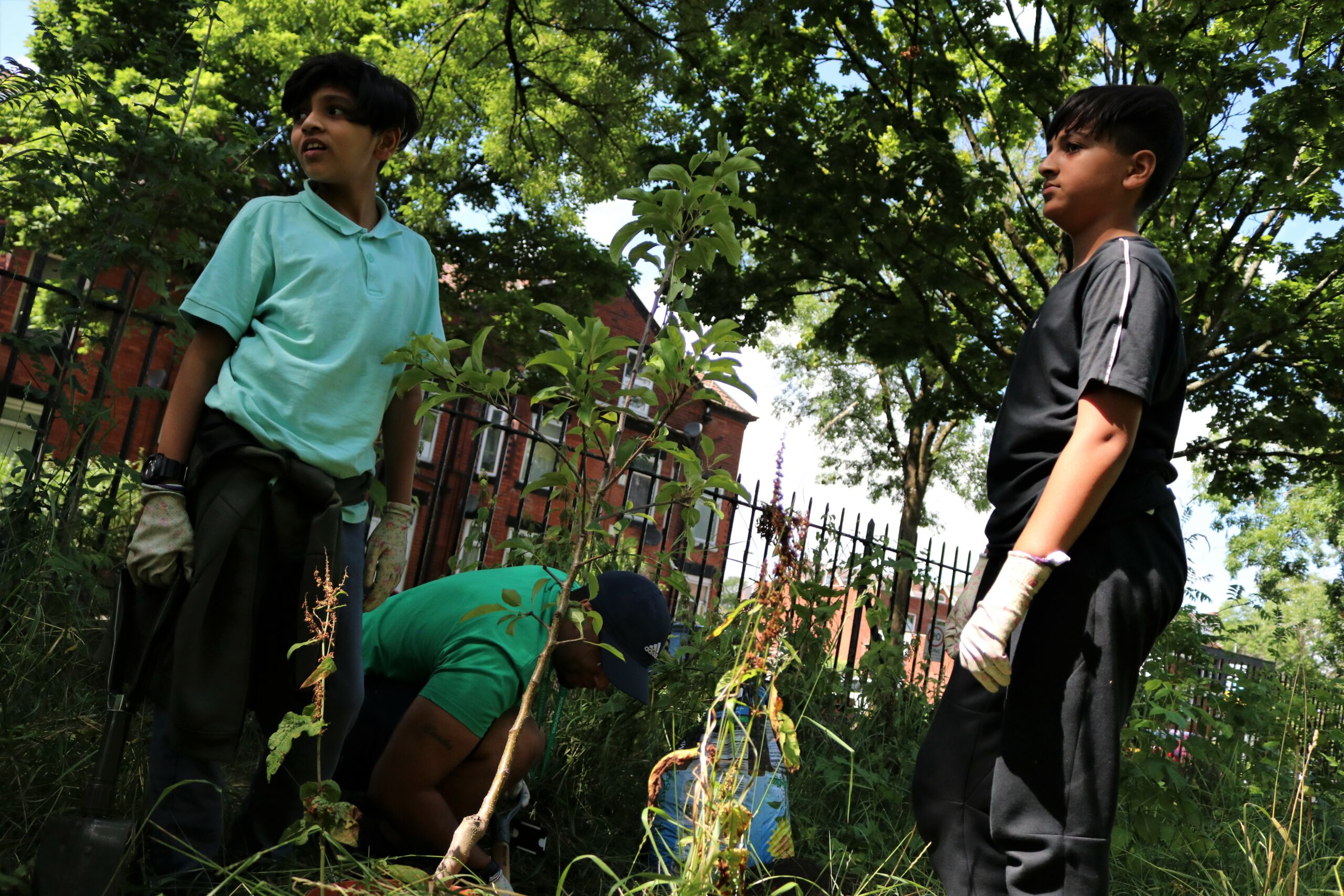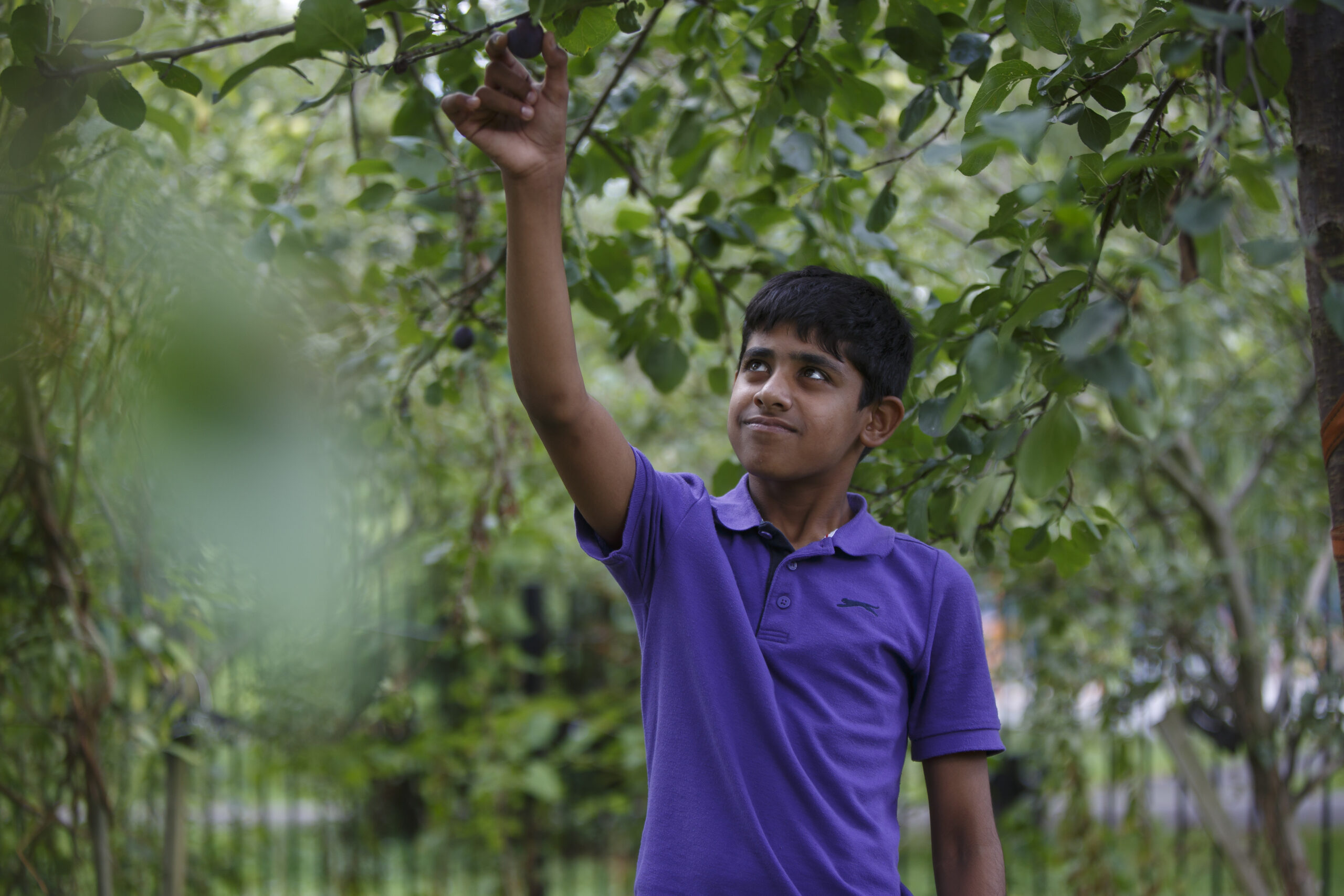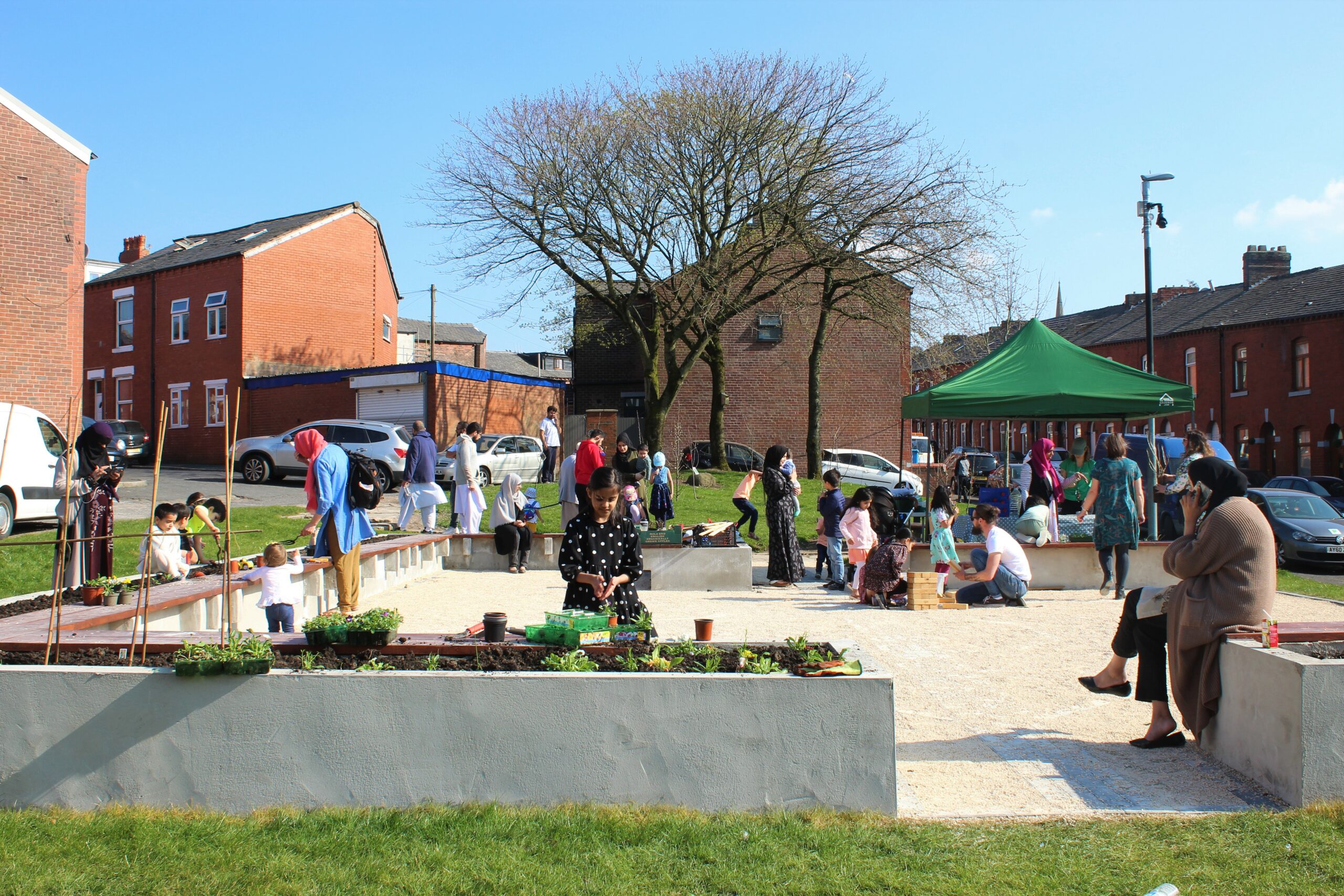BLOG – Top Tips For Delivering Youth Climate Action Projects
This is a blog written by Groundwork Greater Manchester’s youth team with support from Dr Benjamin Bowman at Manchester Metropolitan University and young people living in Manchester.
It is part of a series of blogs discussing youth and climate action. You may also be interested in reading the other articles here:
- Inequality in climate action & considerations for the youth sector
- What does youth climate action look like?
- What we’ve learnt from delivering youth climate action
In this blog we’ve highlighted a few things to consider which we’ve learnt through our recent delivery of climate action programmes, through research conducted by Manchester Metropolitan University and through a series of ongoing conversation with young people.
We wanted to share this learning so that youth and community workers can better engage the young people they work with in climate action.
- Young people are already experts
We often assume that young people aren’t engaged in climate change and therefore need engagement and education.
This is a common, but false narrative. Young people are aware of the world around them.

Young people know about their communities, their neighbourhoods and the world around them, but they don’t always feel confident or welcome to share their knowledge.
There are a number of examples from around the world where young people are recognised as experts in their communities and are able to bring vital knowledge and ideas to the table.
Because of the skill, commitment and knowledge young people have about their neighbourhoods, some cities are already including young people in activities such as participatory budget design. These are young people as young as 12, imaging the empowerment generated from asking your thoughts at this age, what type of person this helps to create.
We need to stop delivering tokenistic top-down approaches to climate action. We need to recognise that young people are experts in their communities, trust their local knowledge and give them a voice in shaping solutions to a common problem.
Once young people are seen as experts in their communities, we can take the necessary steps in supporting them in becoming part of the climate conversation.
- Adopt a local space for change
A common misconception is you can tackle climate change simply by changing your own behaviours; changing your light bulbs, buying local products and so on.
Instead of suggesting behaviour changes which can often be out of reach for young people (due to existing inequalities), we should focus on creating spaces that enable change.
For example, whether the topic that engages young people is air pollution, access to green spaces, access to public transportation or the biodiversity of the local parks, young people have the agency to choose what space matters to them and takes steps to make it more resilient.
A connection with a space helps improve a sense of belonging and inclusivity in a community.

- More practical action, less activities that reflect school
We’ve found that young people aren’t seeking out climate knowledge through classroom-based learning.
Knowledge on its own rarely will leads to change. Creating small, real-world projects that have outcomes the young people can see is much more effective than a session focussed on gaining general knowledge.
Climate action projects are all different; young people can monitor air pollution, build raised beds and plant vegetables or arrange trips to nature-sites. Whatever the project, make sure young people drive it and have the ability to co-design it.
- Create safe spaces and an approachable, trusting environment
The climate movement in the UK is rooted in environmental and conservation traditions. Both traditions have a long history of racism and discrimination against black and brown people. It important to acknowledge systematic inequalities whenever we talk about tackling climate change.

Many young people share stories of not feeling safe in public spaces. People from ethnically diverse backgrounds are likely to experience racism and xenophobia when out in public, and LGBQTIA+ young people often feel excluded from public or semi-public spaces.
Youth workers must consider the setting of their climate action projects, ensuring young people feel safe to express their opinions, worldviews and interests.
- Create a connection to the natural world
As a result, a lot of traditional knowledge around land and connection to nature has been lost over time, and many of the second- and third-generation migrants grew up with little to no access to nature.
One of the main drivers of climate inaction is a disconnection from the natural world. By creating a connection with nature, reconnecting with traditions where they exist, young people will organically foster and interest and awareness about climate change.
Huge thanks to Manchester Metropolitan University, Young Manchester, Manchester City Council and young people from Manchester for making this blog series possible.
